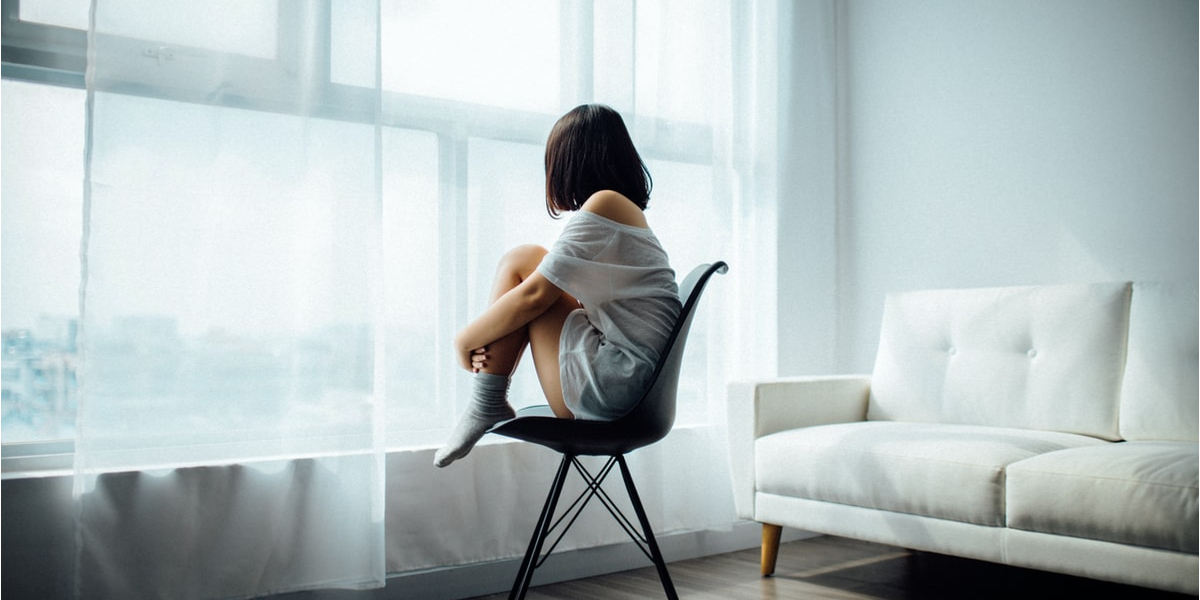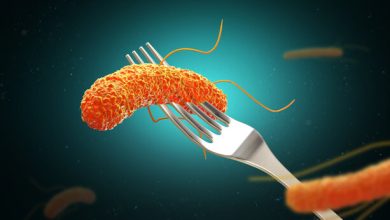Signs and Symptoms of Bipolar Disorder in Women

“She’s moody!” is a commonly used expression to describe someone who changes their mind frequently or is perceived as unpredictable. Moods are an inherent part of life, and everyone has them. To a great extent, they impact how someone thinks and behaves.
Comparing life to a rollercoaster is a popular (pop-culture) cliche for a reason. There are days when you may feel elated, and other days you may feel downright gloomy. Sometimes you know why you feel a certain way; sometimes, you don’t. But these moods usually pass soon and rarely interfere with your day-to-day life.
It is possible to accomplish your daily tasks despite a particularly low mood. Yet it is true that moods can be complex and difficult to understand. Taken to an extreme, moods can be significantly disruptive and even indicative of a mood disorder, a serious medical condition.
Bipolar disorder is a mood disorder characterized by extreme mood shifts in a person. Typically, the shifts can encompass episodes of depression (extremely low mood) or mania/hypomania (elevated mood). These episodes are usually unpredictable and often occur without warning.
Symptoms
Bipolar disorder is not a rare mental disorder. According to the National Institute of Mental Health, NIH, 2.8 percent of adults in the U.S., about 5 million people, are diagnosed with bipolar disorder.
There are different types of bipolar disorder, and its symptoms vary depending upon the type. However, certain symptoms are commonly observed among most people who suffer from the disorder. Some include irritability, anxiety, lack of concentration, low energy, inability to feel joy, memory problems, racing thoughts, periods of high energy and activity, and detachment from reality.
Often, women experience bipolar disorder differently from men. Research indicates that the symptoms of rapid cycling, depressive episodes, and mixed mania occur more frequently among women than men. Rapid cycling is when a woman with bipolar disorder goes through four or more episodes of mania or depression within a year.
Other symptoms more prevalent in women include hypomania — a milder version of mania experienced over a shorter period and mixed mania — when the individual experiences both mania and depression.
Types of Bipolar Disorder
There are two types of bipolar disorders: Bipolar I and Bipolar II
- Bipolar I disorder involves a minimum of one manic episode, but a depressive episode may or may not follow.
- Bipolar II disorder consists of a minimum of one major depressive episode and at least one episode of hypomania.
Gender Differences
While bipolar I is found in men and women equally; bipolar II is more common in women. As a result, more women display related symptoms. Apart from this, several aspects factor in discussing how women’s experience of bipolar disorder can be different. Here are a few aspects to consider.
- Women are more likely to experience Late-Onset Bipolar Disorder (LOPD). It is often associated with menopause, and most research suggests the onset of LOPD occurs at age 50 or later. As per a 2015 report, 25 percent of those diagnosed with LOPD were over 60.
- Bipolar disorder can intensify in a woman during certain phases of her life. The postpartum period is considered especially risky in this scenario, making her more susceptible to bipolar onset.
- There are higher chances of misdiagnosis among women with bipolar disorder. Research indicates that the likelihood of misdiagnosis among women is three times higher than among men.
- The suicide rate among people with bipolar disorder is 10 to 30 times higher than people who do not suffer from the disorder. Also, suicide among women with the condition was more likely in specific cases, as per a 2014 study.
- Hormonal fluctuations can trigger bipolar disorder onset at the time of a regular menstrual cycle, pregnancy, or menopause.
- Cultural stereotypes play a part in mania being detected more easily in women than in men. Seeing overconfident and super bold men is perceived as normal in our culture as opposed to women displaying these very same characteristics.
It is important to recognize the early signs of bipolar disorder so women can receive treatment in a time manner. It can help prevent long-term consequences such as suicide, substance abuse, and poor job performance.
Diagnosis
Bipolar disorder symptoms look different in women. Since instances of depressive episodes are more likely among women, they tend to be misdiagnosed and treated for depression instead.
Women may experience extreme tiredness, guilt, and low self-esteem. They may have trouble sleeping or bouts of depression, which may, in turn, lead to concentration difficulty, poor health, or low mood, to mention a few. Furthermore, menstruation or pregnancy-related hormonal fluctuation may impact the symptoms and treatment.
Early detection of bipolar disorder can prevent the onset of possibly fatal manic episodes and suicide attempts linked to the disorder. Early intervention and treatment can prove more effective in comparison to that provided at a later stage. It also helps keep family members and caregivers informed and aware of what to expect and how best to support someone who suffers from this disorder.
Presentations such as high energy levels, distractibility, impulsiveness, and risk-taking may at times, be hard to explain. Women with bipolar disorder may find it hard to stay on track with their daily tasks and responsibilities, or they may experience periods of having a high level of energy before the lows.
Treatment
People with bipolar disorders can receive support on two fronts. One would involve appropriate and timely treatment, and the other form of support would be moral support like from family and friends.
Unfortunately, bipolar disorder is left untreated more often than not, it is mistaken with depression. However, once diagnosed, a combination of medication and psychotherapy can be an ideal treatment approach. While medication allows individuals to experience stable moods, therapy can help them differentiate between thoughts induced by their condition and those more accurate and tied to reality.
With the help of medication and therapy, women with bipolar disorders are able to live their lives more fully and freely. They can experience the regular niceties of life like having regular jobs, parenthood, and success in their careers and relationships.



